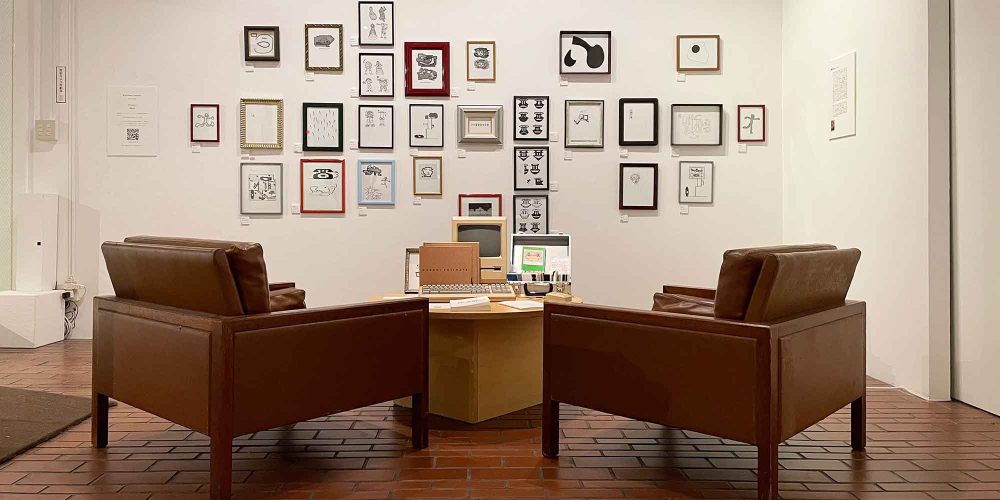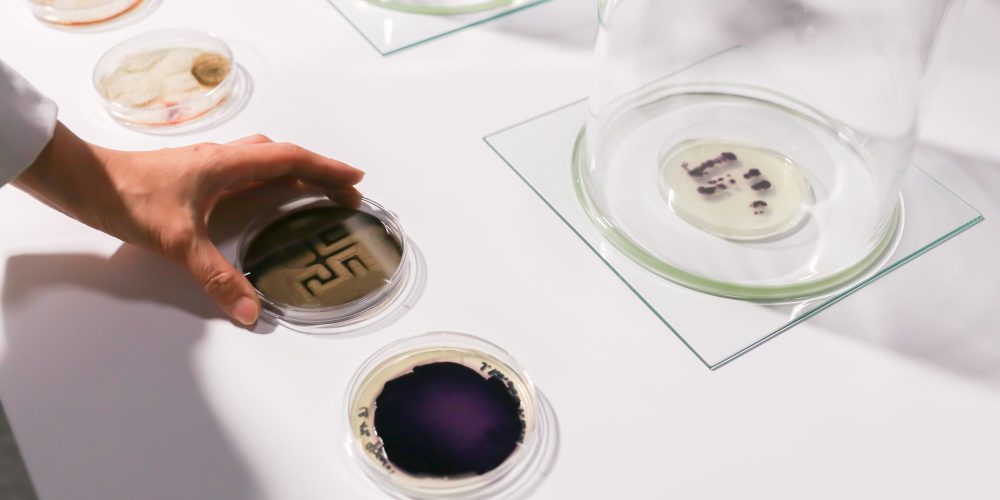
Women in Media Art
-

A Robot’s Liberation
Guanaquerx by Paula Gaetano Adi, winner in the Artificial Life & Intelligence category 2025, reclaims the Andes as a site of resistance and reimagines robotics as a tool for planetary liberation.
-
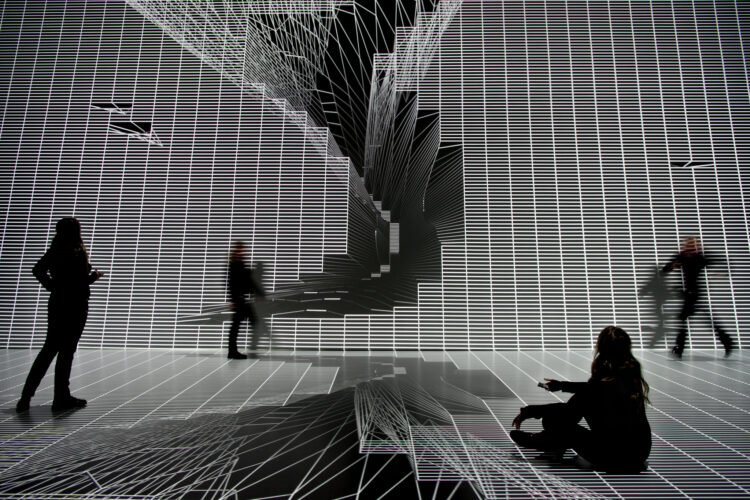
Navigating Panic: Notes from Where Panic Becomes a Compass
As curator in residence of the ARKO-sponsored Curatorial Residency Program, Son Hyerim was on site during the jury weekend of the Prix Ars Electronica. In this guest article, she shares her personal reflections on this experience.
-

Challenging Power and Space Through Digital Art
Borders, technology, and power—Enar de Dios Rodríguez challenges us to rethink the spaces we live in through her award-winning, thought-provoking audiovisual essay, Ecotone.
-
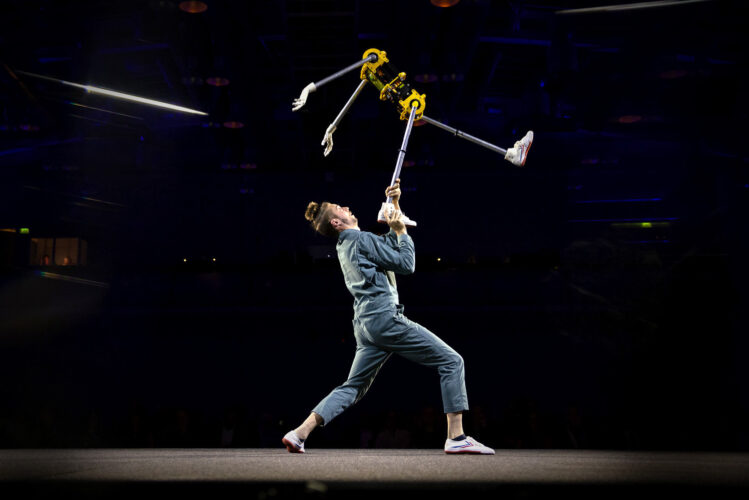
A record: More than 112,000 visits to Ars Electronica 2024
Once again, the Ars Electronica Festival has shown what it is all about: creating space, time and an atmosphere in which people can exchange ideas and inspire each other.
-
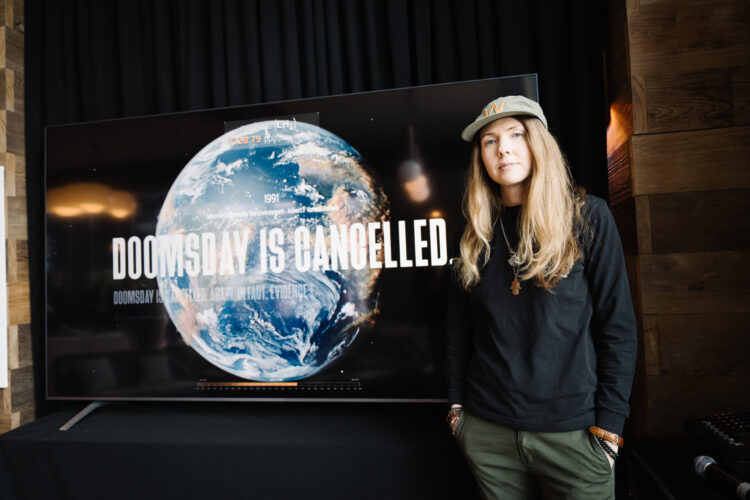
From Blue Marble to Bioplastic Record
“Smoke and Mirrors” by British artist Beatie Wolfe visualises 50 years of climate data and contrasts it with advertising slogans from the oil industry. She has now been awarded the Golden Nica of the Prix Ars Electronica for her work.
-
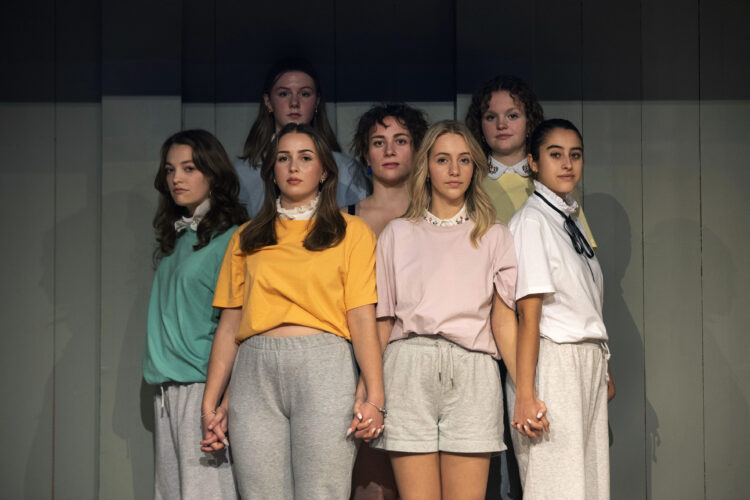
Taking Back Power: Patchwork Girl
The winner of the Digital Humanity Award sets an example against online exploitation and for women’s rights in the digital age.
-
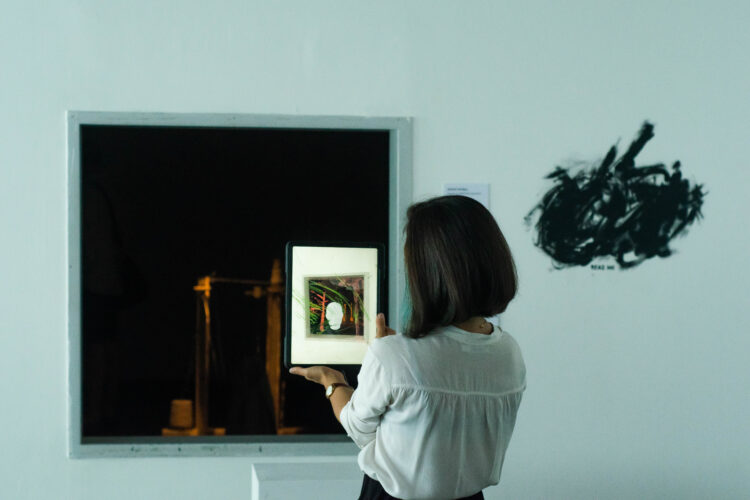
Exploring hidden stories behind unheard messages in Behind the Wall by Ghazal Hosseini and Hanif Haghtalab
A message on a wall, graffiti that has been hidden or censored, holds within itself a whole complexity of experiences, narratives, or statements that co-exist as possibilities. The walls in the streets are a medium for expressing oneself for those who have no access to the hegemonic ones. Furthermore, for those who fight against their…
-

Reimagining Human Habitats
In an interview with artist Dorotea Dolinšek, we discover the secrets of the microbiome and how our symbiotic relationship with microorganisms affects our well-being.
-
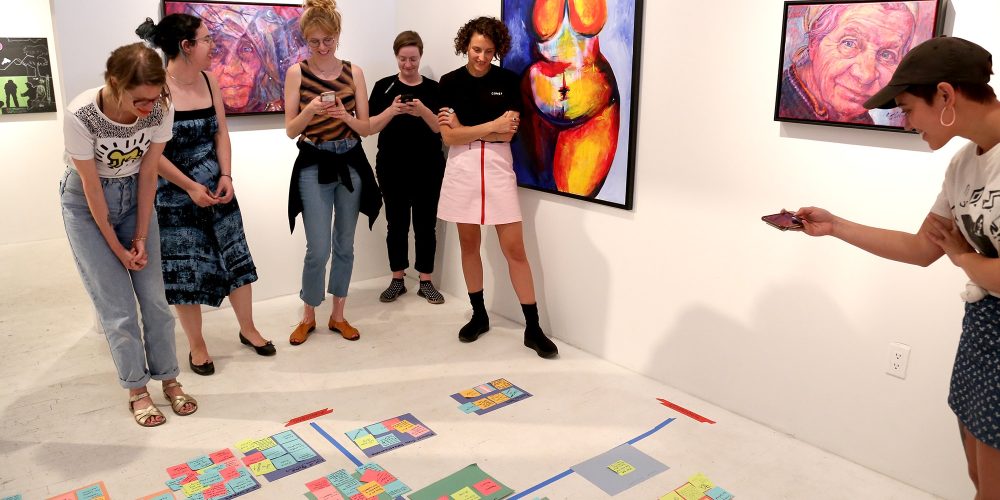
Is this a man’s world? Acknowledging gender bias in AI
Artificial Intelligence is fast becoming a major driving force of the rapidly accelerating digital transformation. Therefore, we have the responsibility to confront and question the gender biases inherent in AI models and seek ways to mitigate them.
-

Holly+: Come and sing like Holly Herndon!
“It takes a village to create something special” and Holly Herndon and her team have succeeded in doing just that. In the interview, she presents her machine learning project in more detail, for which she has now received the European Commission’s STARTS Prize 2022.
-
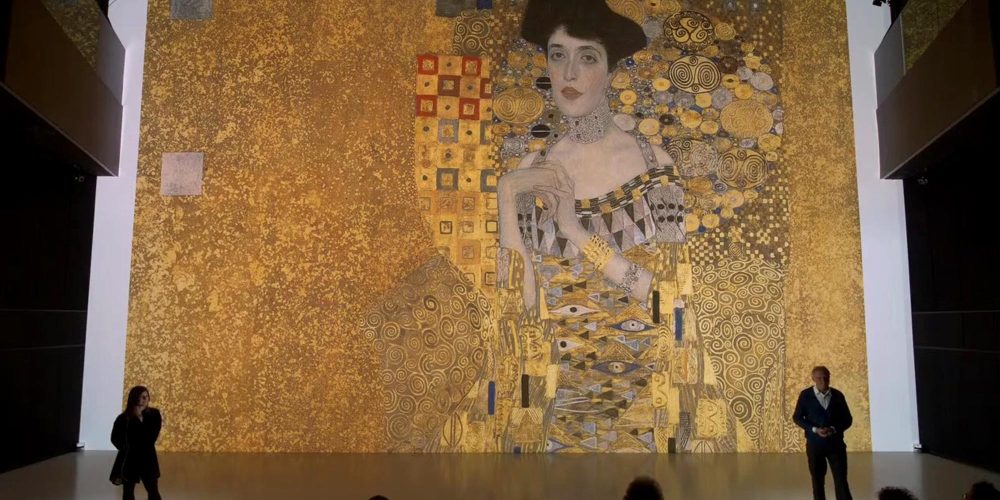
The Woman on the Picture
Gustav Klimt and Rebecca Merlic placed the image of the woman at the centre of their artistic work – an analysis.
-
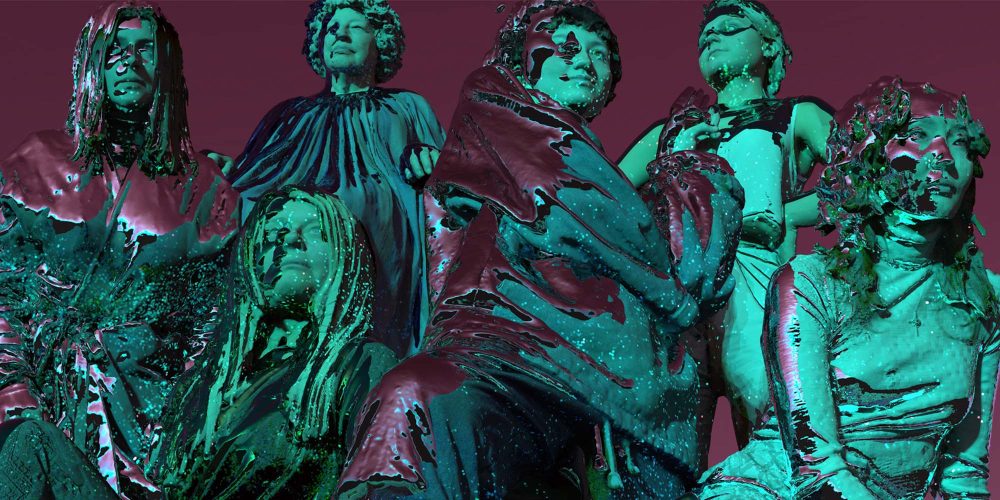
Merlic meets Klimt – the image of women then and now
On April 28, 2022, Gustav Klimt’s images of women will be in the spotlight. In this article, Franz Smola and Rebecca Merlic give you an insight into the topic of images of women.
-
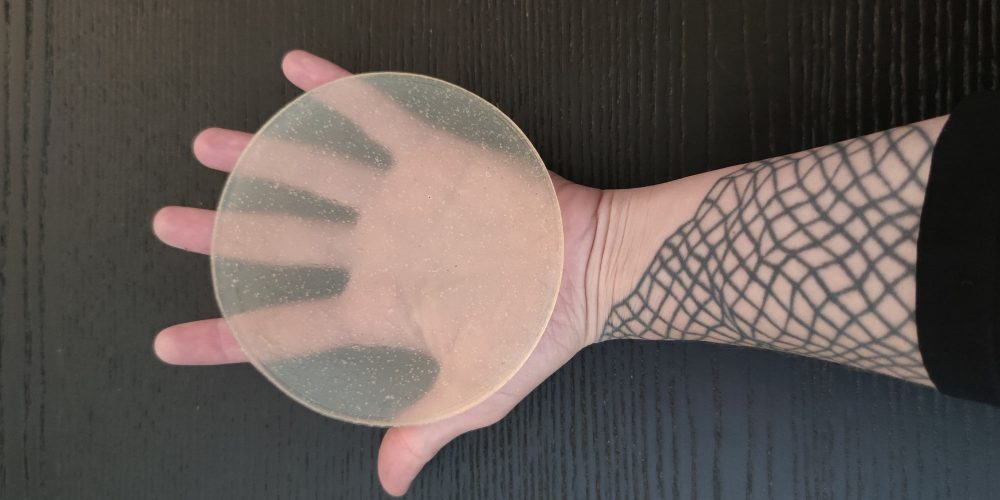
Circular Records for Circular Futures
Can records be made from biomaterials? Artists Kat Austen and Fara Peluso think so and will work on developing a low-carbon alternative to vinyl during their S+T+ARTS Residency.
-
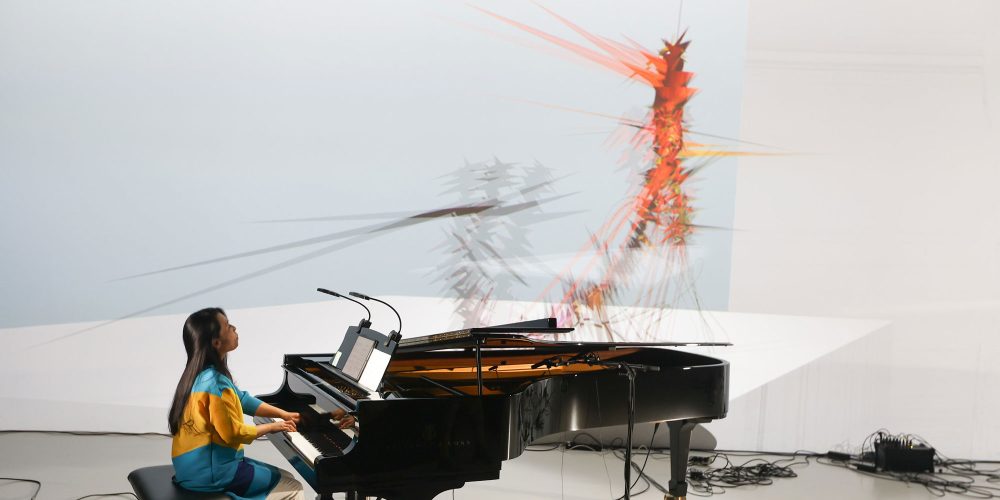
Morphologies – Digital Formations and Analog Music
Analog music generates digital visualizations: Maki Namekawa, Cori O’Lan and Rubin Kodheli in a timeless night performance at Deep Space 8K.
-
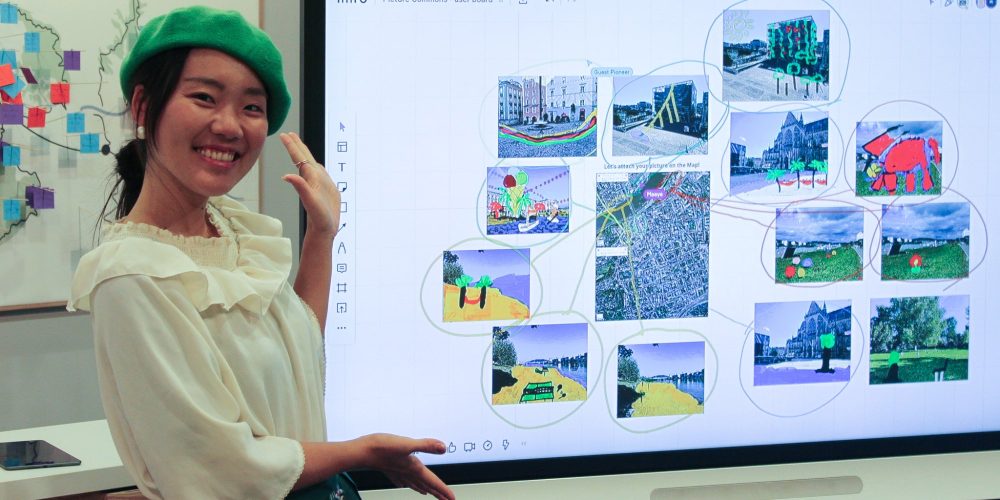
How to manage an organization like Ars Electronica
This is the question posed by participants in a new training program for cultural producers that provides insights into the way Ars Electronica works.
-
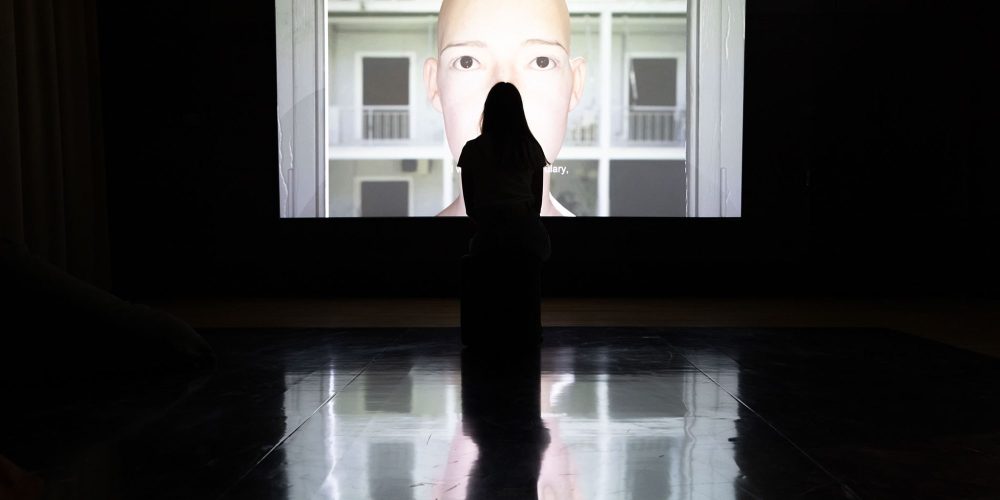
It’s a wrap! This was the first ArtScience Residency enabled by Art Collection Deutsche Telekom
AI, bias, listening infrastructures and art: Laura Welzenbach, Head of Ars Electronica Export, is looking back at the first year of the ArtScience Residency enabled by Art Collection Deutsche Telekom.
-
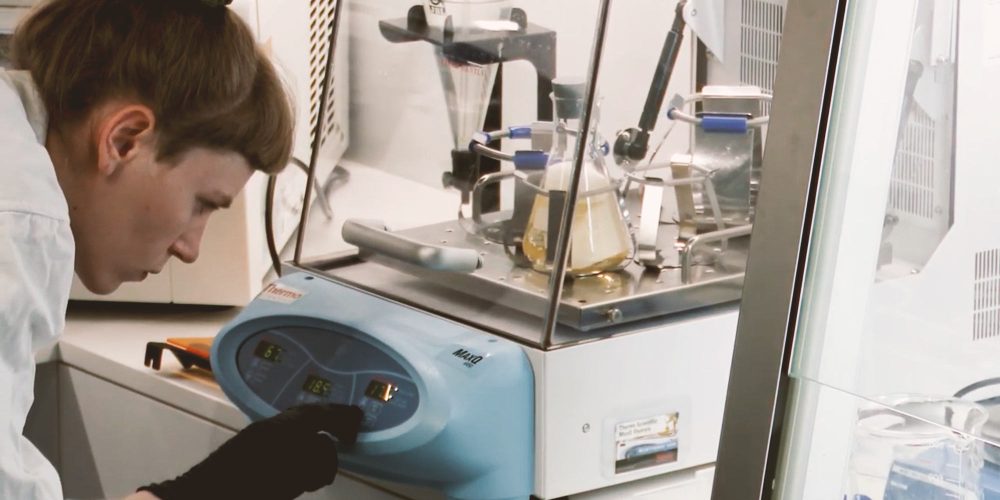
Textiles dyeing with Bacteria
No harmful chemicals, significantly lower water consumption. Julia Moser explains how pigment bacteria are used to color clothing. (German language)
-
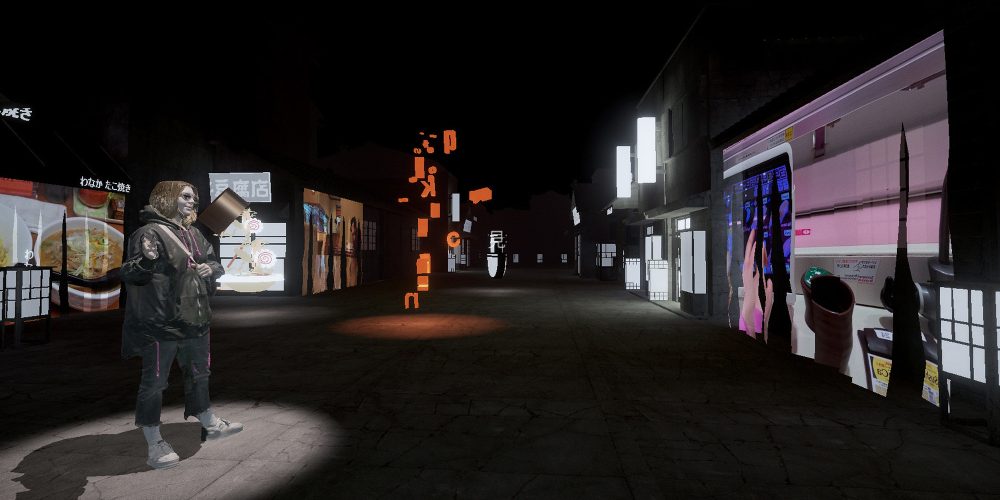
Rebecca Merlic: Making The City Your Own
Imagine giving up everything: Your bed, your kitchen, your bathroom, your apartment. From now on you live, eat and sleep in public space. Rebecca Merlic has been awarded the Marianne.von.Willemer.2020 Prize for Digital Media for the artistic realization of this experiment.
-
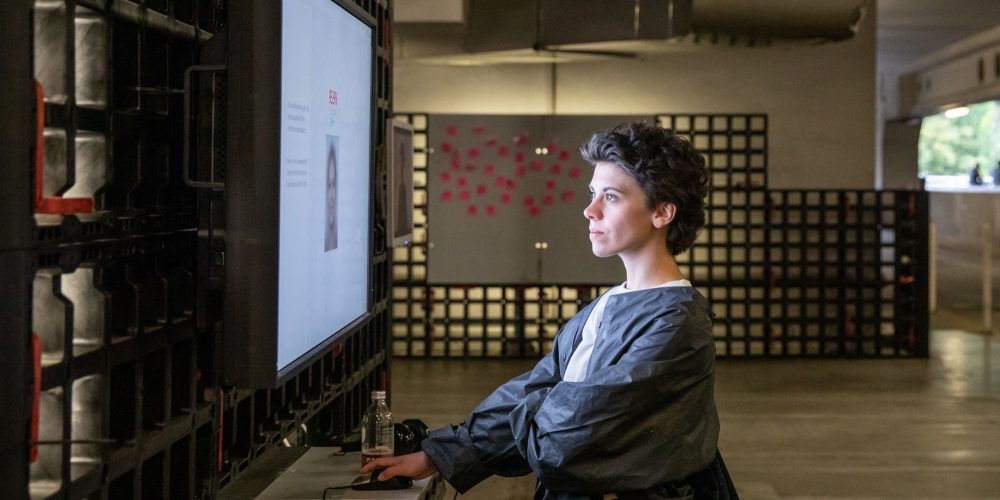
Women in Media Arts: Does AI think like a (white) man?
“Women in Media Arts” is an Ars Electronica database specifically dedicated to women in media arts. In this series, we introduce you to female media artists and their work, starting with the question: Does AI think like a (White) man?
-
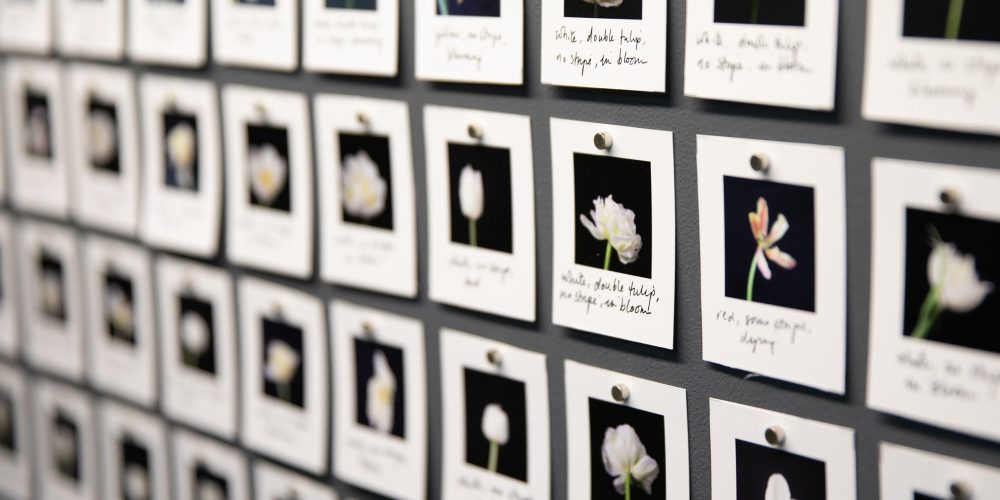
AI isn’t Artificial but Human
Our world is becoming more and more entangled. Financial markets where bots trade endlessly with other bots, social media algorithms that control what narrative we follow, deep fakes that make us doubt even our own senses. It is becoming increasingly difficult to find out where human influence lies in the process of AI.
-
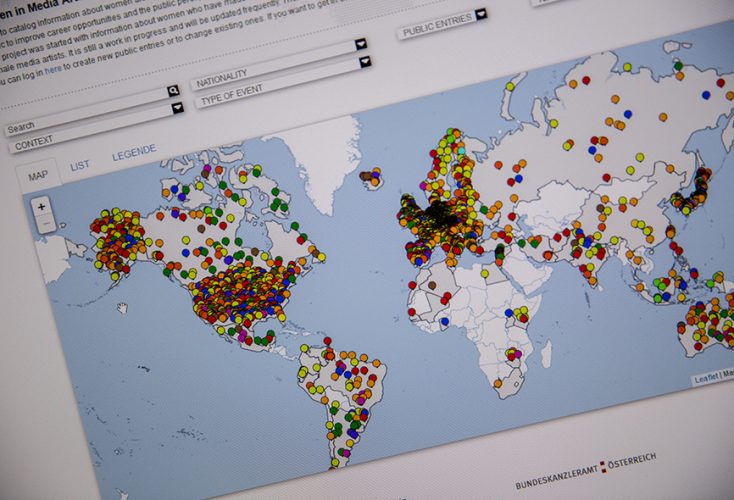
Women’s Networks in Arts & Technology
Elena Robles Mateo talks about her research project to portray networks of women in media art since the 1990s, and in her work has referred to the Women in Media Arts database of Ars Electronica, among others.
-

nobody gets involved: Marianne.von.Willemer Prize 2018
Viennese artist starsky has won the 2018 Marianne.von.Willemer Prize for digital media with her guerilla projection tour “niemand mischt sich ein” (“nobody gets involved”). In this interview she tells about her activist and feminist work.
-

Future Flora: DIY kit for the vaginal flora
This year, designer and biohacker Giulia Tomasello won the STARTS Prize in the category “Artistic Exploration” for her Do-It-Yourself harvesting set for bacteria at home, “Future Flora”. Before the artist comes to the Ars Electronica Festival (September 6 – 10, 2018) to present her work, she has already told us more about it in this…
-
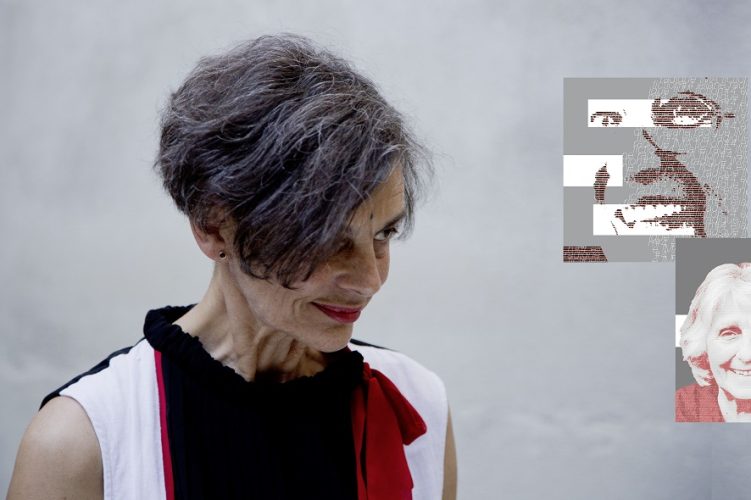
Featured Artist: Elisabeth Schimana
Where are all the women in electronic music? This question has been posed since the 1990s by Elisabeth Schimana, a music pioneer who’s the Featured Artist at this year’s Ars Electronica Festival September 6-10, 2018. In Linz, she’ll present “Hidden Alliances,” a selection of her works on this subject.
-

Enter Now: The Marianne.von.Willemer Prize for Digital Media
Once again this year, the City of Linz, dorfTV and Ars Electronica are jointly staging a competition to honor outstanding works of media art by women. The entry deadline is July 15, 2018. Contestants will be vying for the Marianne.von.Willemer Prize for Digital Media. We found out more in this interview.
